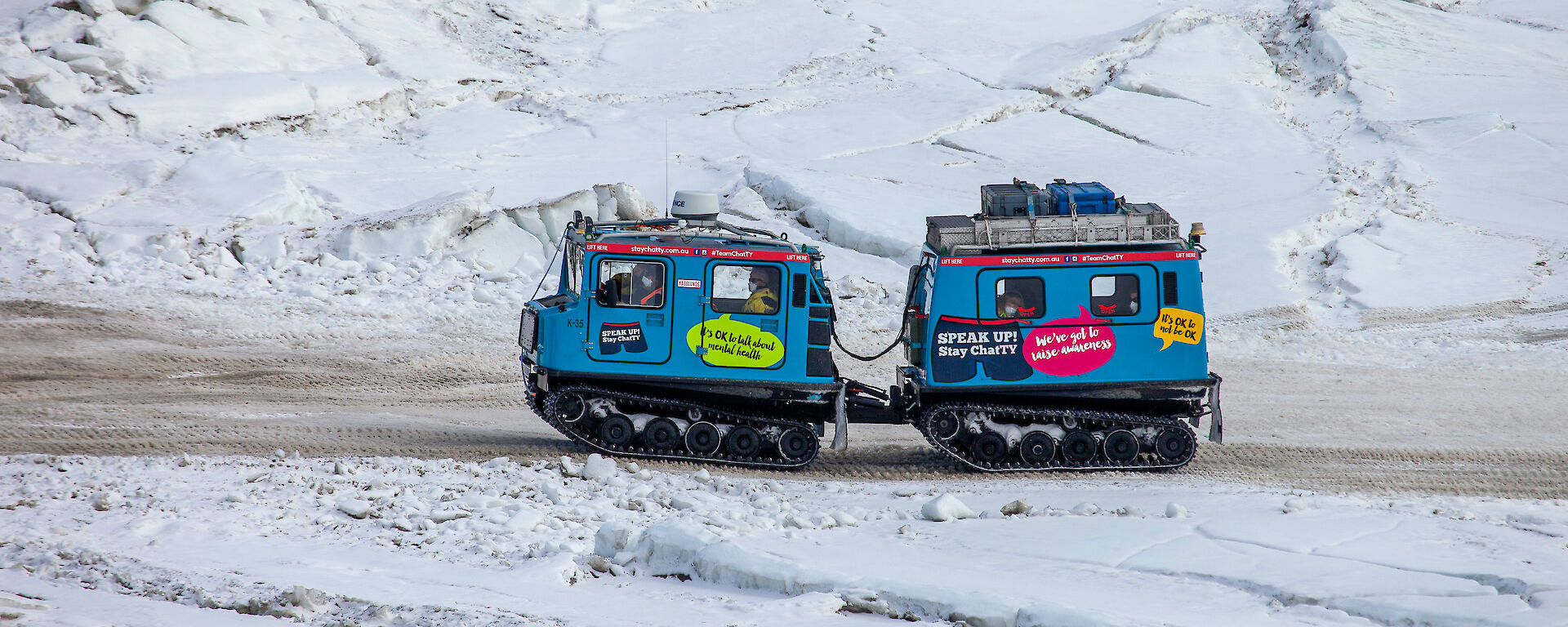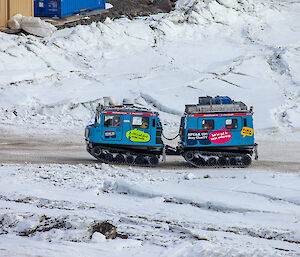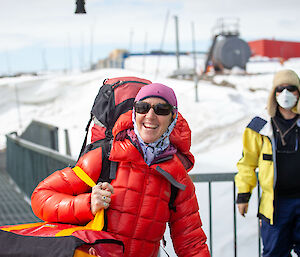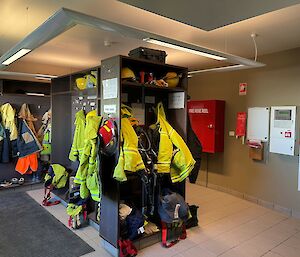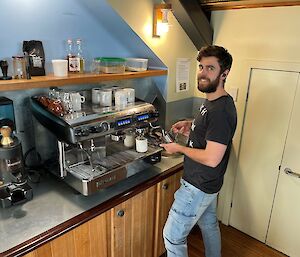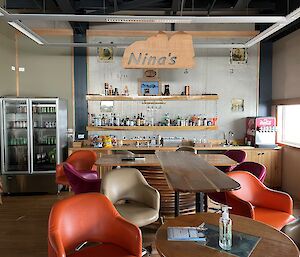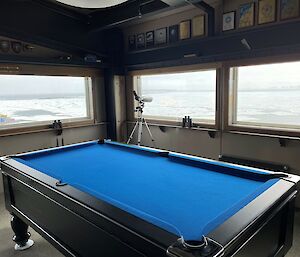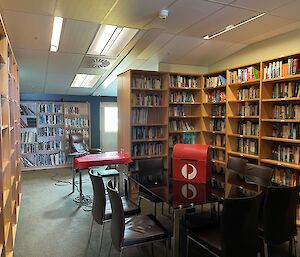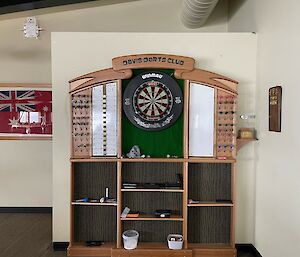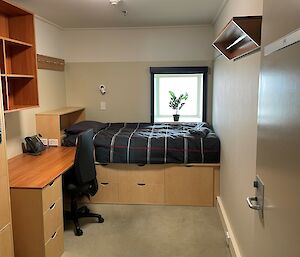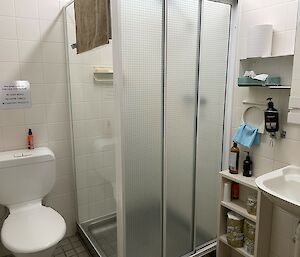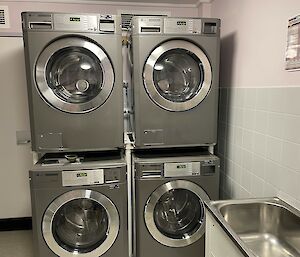Arriving at station is an exciting time for all expeditioners, especially those who have never been south before. Several weeks of training at Kingston was followed by a 17-day voyage across the Southern Ocean during which there are various inductions, training sessions and briefings about life in Antarctica. The time is filled with anticipation, excitement and more than a few nerves about what might lie ahead.
On the day of arrival, the skilled ice-pilot guides the icebreaker to a point close enough to station to facilitate safe fuel transfer and cargo and passenger discharge across the sea-ice. As resupply operations permit, the incoming team is ferried across to station in a Hägglunds. For some, this is their first-ever journey in the noisy, bouncy, go-anywhere polar “tank”.
On arrival at station the excited new expeditioners are greeted by the outgoing Station Leader and go straight to an induction in the cinema where they learn all about living on an Antarctic station. A few of the things we learnt:
- At Davis, water is an issue so two-minute daily showers are the norm…or for those inclined you can save it up and have four-minute shower every two days and so on. We were encouraged to limit clothes washing to one cycle per week.
- Everyone is rostered on to Saturday community duties where you contribute to cleaning the huge house you now share with lots of other people – duties include cleaning the cinema, bar, cold porches, or doing the garbage run where you empty all the sorted bins around station.
- All are rostered on to slushy duty where you help out with kitchen duties and cleaning communal facilities such as the toilets.
- Breakfast is “make your own”, smoko is at 10:00am, lunch at 1:00pm, and dinner at 6:00pm.
- You can’t wear your outside shoes inside and access to most buildings is via a cold porch where you change into your indoor shoes (think crocs, uggs or runners).
- There are lots of different zones and you need different training or approvals to go in each…station limits, extended station limits, recreation area, station operating limits.
- Take your radio everywhere!
The induction covered lots of important safety components such as all the different types of alarms and mustering, risks around station and the operations matrix which outlines operating limitations based on visibility and wind strength. For example, if visibility is less than 100m and/or there are sustained winds of 40-60 knots it is code Amber or “Caution” and outside operations on foot are restricted to station or camp limits.
After the induction, some of the outgoing team took the new team on a tour of station. It was all a bit of a blur but thankfully the buildings are all painted bold colours and we were given a coloured map to help us navigate around in the first few days.
The facilities on station are fantastic and expeditioners have access to a cinema, library, quiet room, and leisure pursuits such as table tennis, darts and pool. If you are into coffee there is also a pretty good coffee machine on which you can hone your barista skills.
Once familiar with station, everyone was shown to their bedrooms. After 17 days of shared cabins on the ship, the sight of your own room was a welcome relief for all. The outgoing team had done a great job of sprucing up all the rooms – the carpets had been shampooed, the beds made with fresh linen and there were even chocolates on the towels. Expeditioners share toilets and bathrooms and at Davis you usually share these facilities with two other people.
Once everyone had settled in to their rooms, they headed down to the mess to enjoy the first of many shared meals with the group that will be their house-mates for the next 12 months.
In future editions, we’ll share more with you about life at Davis including how we set-up our emergency response teams and what happens on survival training.
Karen
Davis SL

